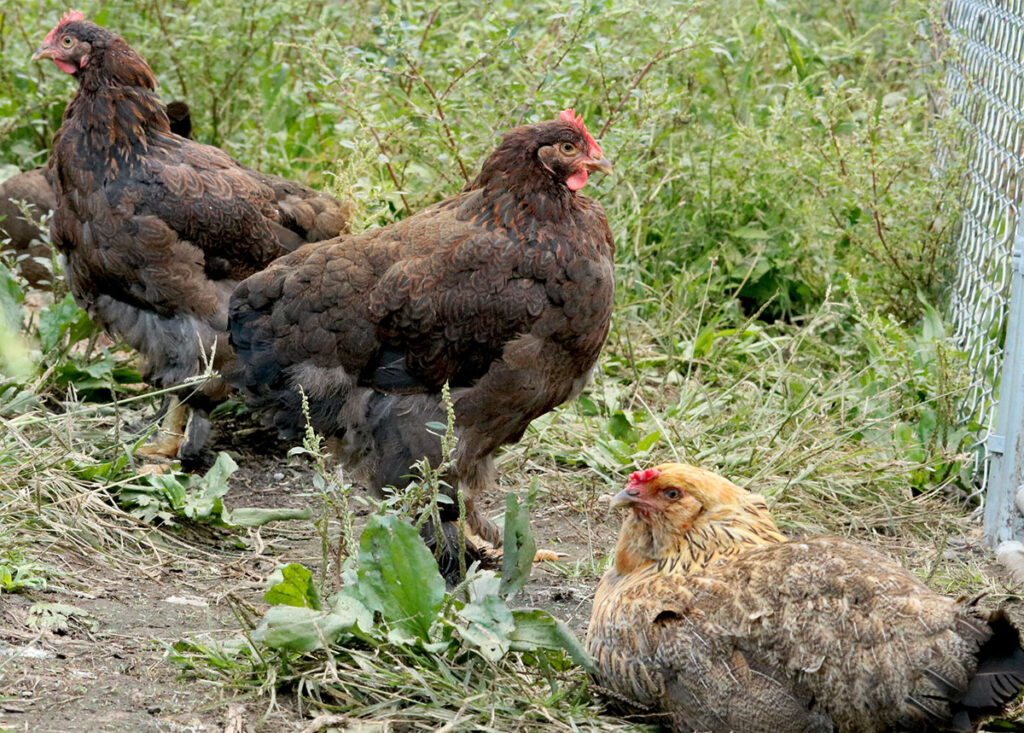A recent review published in Vaccines by László Kovács and colleagues provides a comprehensive analysis of vaccine trials targeting the highly pathogenic avian influenza (HPAI) H5N1 clade 2.3.4.4b. This clade has emerged as the dominant strain in global outbreaks, affecting not only poultry but also various mammalian species.
Vaccine Efficacy Depends on Antigenic Match
The review emphasizes that vaccines closely matching the circulating clade 2.3.4.4b strains offer better protection. Such vaccines reduce viral shedding and improve hemagglutination inhibition titers, crucial for controlling outbreaks.
Single vs. Multiple Doses
While single-dose vaccines may suffice for chickens, ducks and geese often require multiple doses to achieve adequate protection. The long-term efficacy of these vaccines remains uncertain, necessitating further research.
Vector Vaccines Show Promise
Vector-based vaccines have demonstrated appropriate protective efficacy against clade 2.3.4.4b. However, their effects may be short-lived, and booster doses might be necessary
Limited Research on Long-Term Efficacy
The review identifies a lack of studies on the long-term effectiveness of these vaccines, especially across different avian species. This gap hinders the development of comprehensive vaccination strategies.
The zoonotic potential of HPAI strains, particularly clade 2.3.4.4b, raises concerns about public health and epidemic risks. The review underscores the need for continued surveillance and research to develop vaccines that offer long-lasting protection across various avian species. Such efforts are vital to prevent potential spillover events and ensure food security.
READ THE SCIENCE:
Kovács, L., Farkas, M., Dobra, P. F., Lennon, G., Könyves, L. P., & Rusvai, M. Avian Influenza Clade 2.3.4.4b: Global Impact and Summary Analysis of Vaccine Trials. Vaccines, 24 April 2025.


